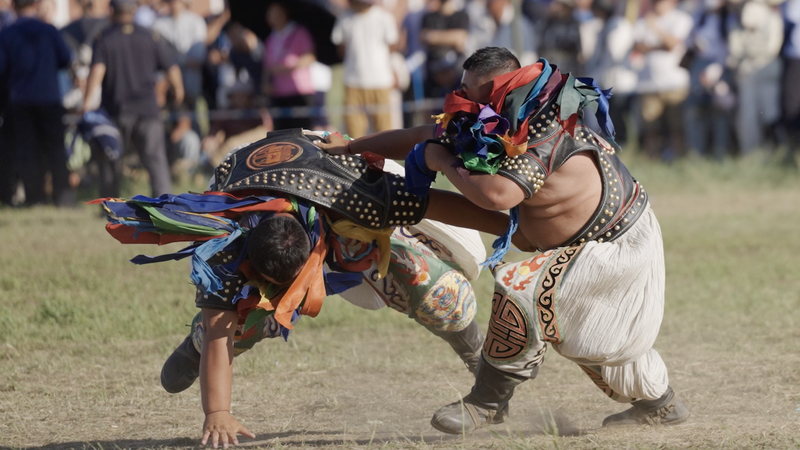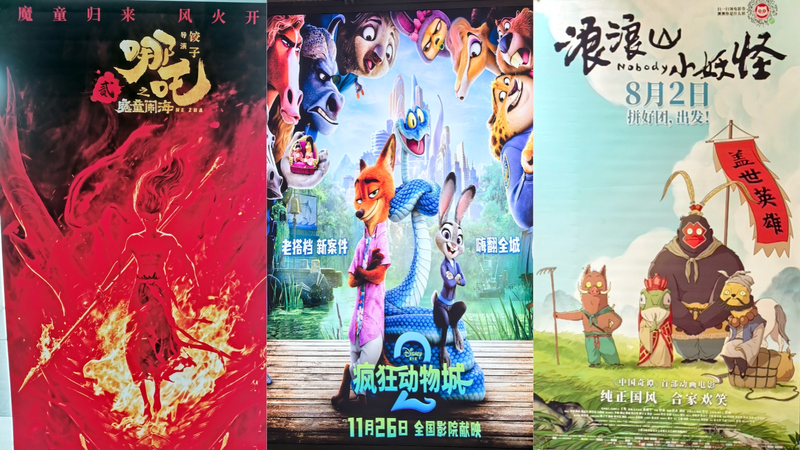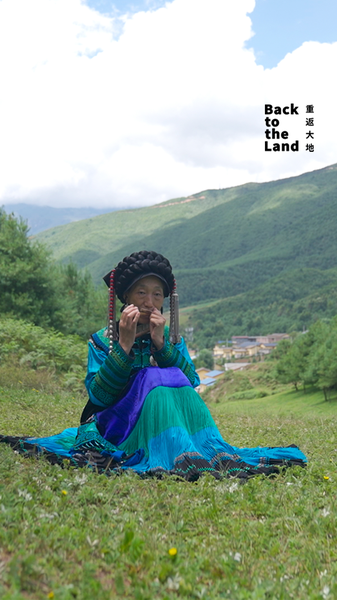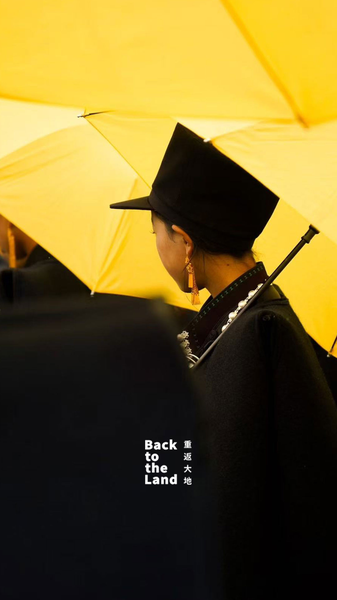When City Streets Meet Grasslands
Imagine stepping onto the mats of a local gym in Tianjin, a 600-year-old metropolis nestled between mountains and the sea, and feeling the echo of nomadic cheers from the vast grasslands of the Inner Mongolia Autonomous Region. At first glance, this bustling port city and the sprawling steppe might seem worlds apart—but wrestling unveils a hidden link that stretches back centuries.
From Mongol Bökh to Modern Mats
Long before skyscrapers lined Tianjin’s skyline, Mongol tribes roamed the northern frontier, honing their signature wrestling style known as Bökh. Over time, this nomadic technique blended with regional martial arts in coastal hubs, laying the foundation for China’s diverse wrestling heritage. Today, practitioners in Tianjin still draw on these ancient moves, honoring a shared past with the grasslands.
Numbers Behind the Tradition
Wrestling is enjoying a revival on both frontiers. Since 2018, community clubs in Tianjin have seen a 120% jump in youth participation, with over 3,000 young athletes training in local centers in 2023 alone. Meanwhile, annual competitions in the Inner Mongolia Autonomous Region—where crowds of 50,000 gather for the Naadam festival—continue to attract wrestlers from across the Chinese mainland.
Cultural Exchange in Action
Recognizing the power of sport to bridge communities, cultural bureaus in Tianjin and Inner Mongolia have launched exchange programs that bring grassland wrestlers to city arenas and city athletes to steppe tournaments. These initiatives spotlight sustainability in traditional arts and spark new conversations about unity and identity.
Discover Your Own Connection
Whether you’re a sports fan touring Tianjin’s historic port or a digital nomad seeking off-the-beaten-path adventures on the steppe, wrestling offers a dynamic portal into the heart of two rich regions. Have you witnessed a match under the rolling dunes or on a city mat? Share your story and keep the tradition alive.
Reference(s):
cgtn.com




